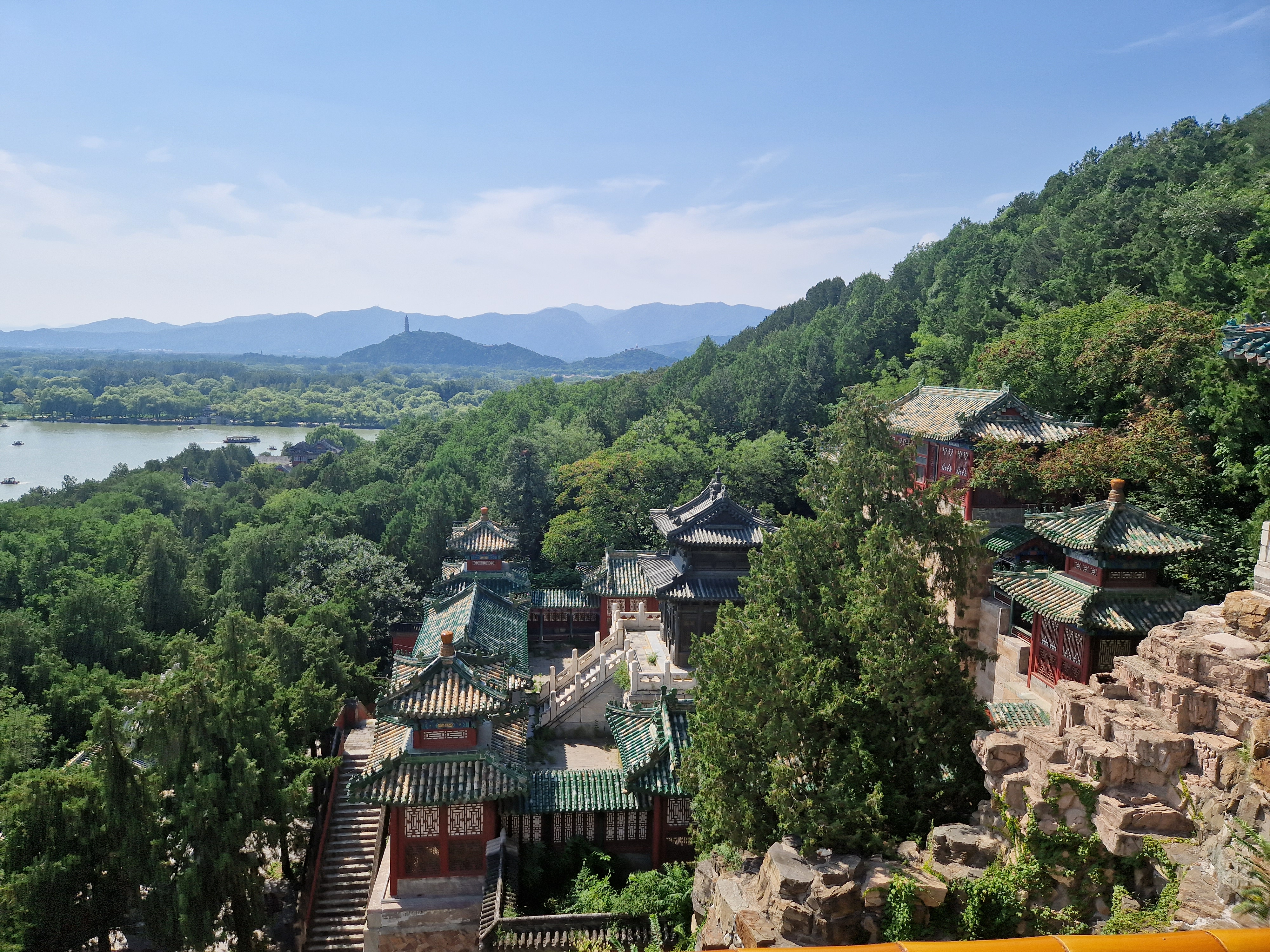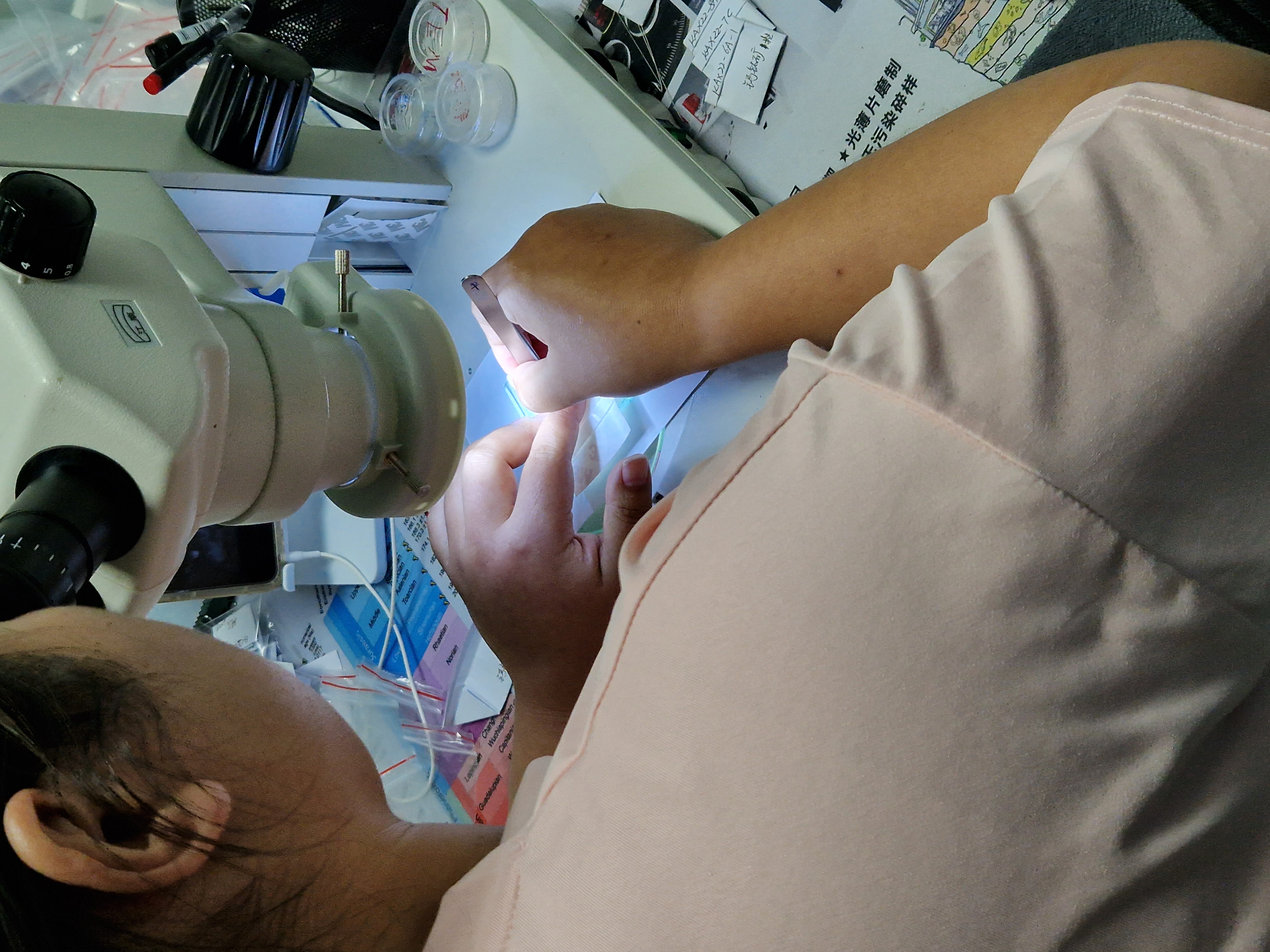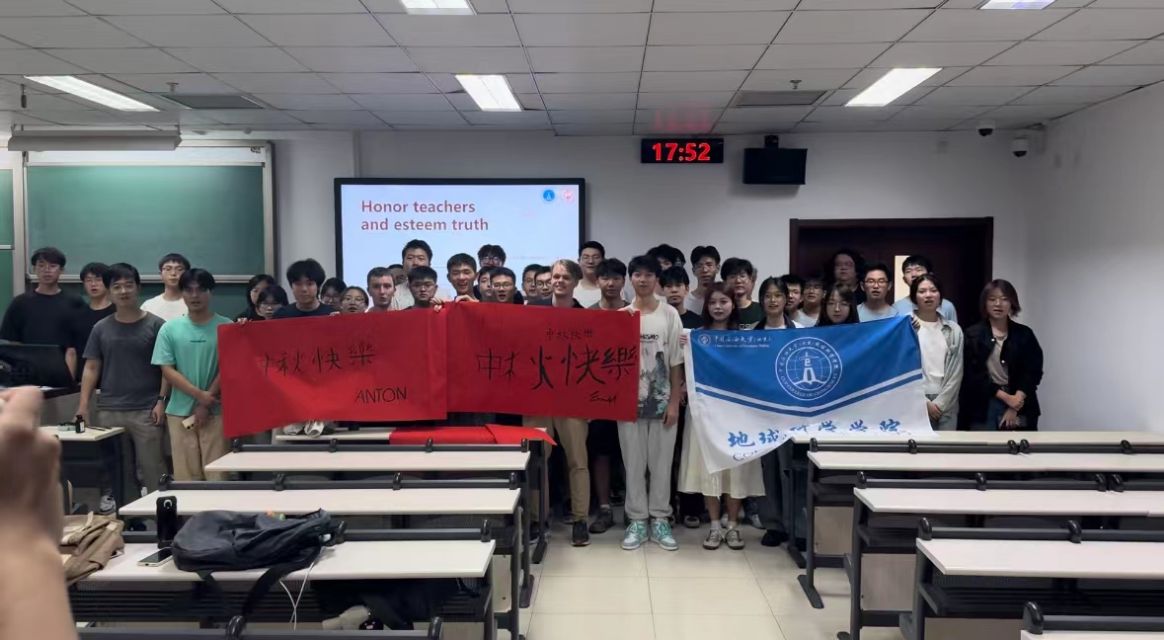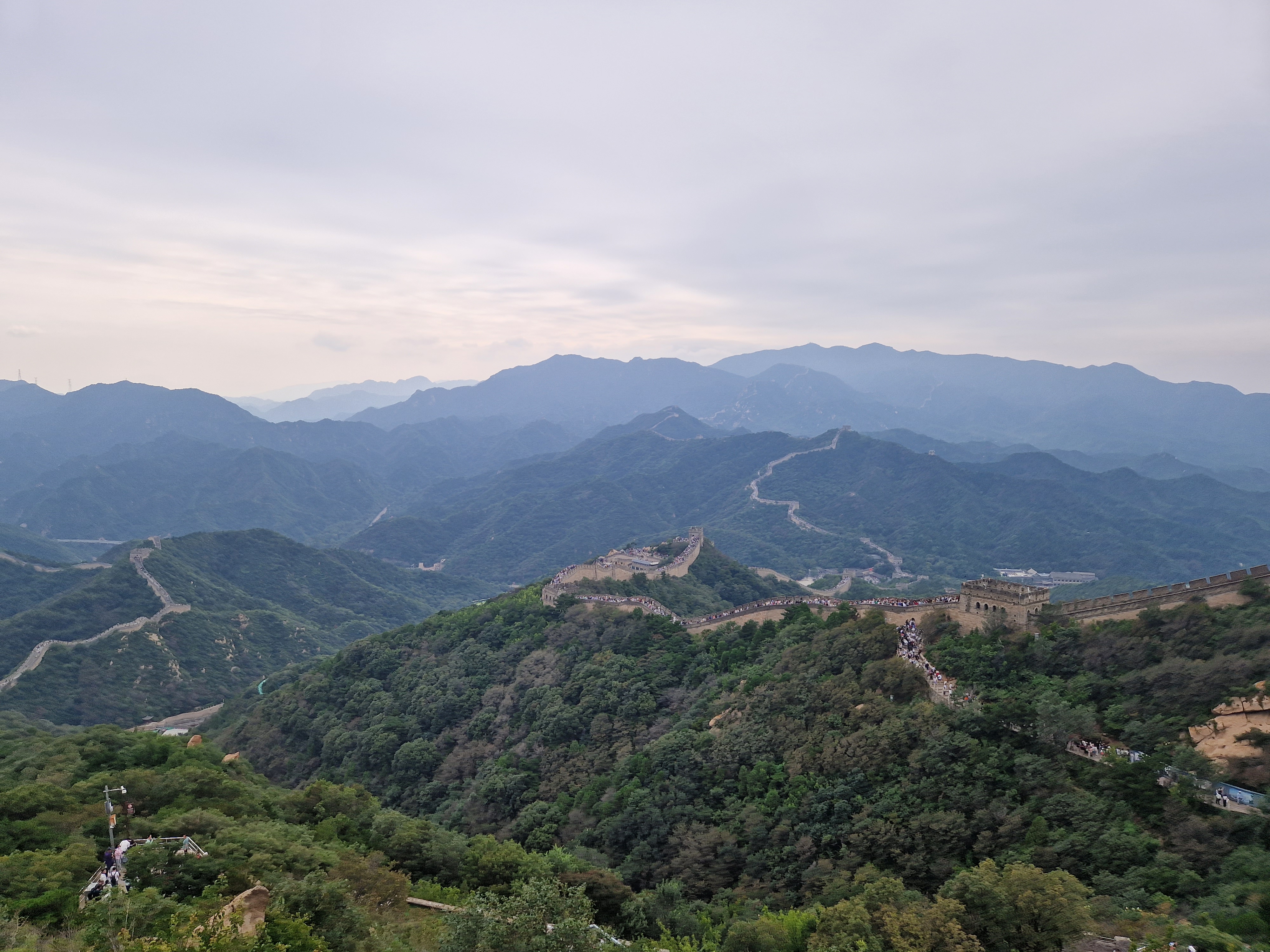A letter from Beijing
I am Anton, and I am currently located in Beijing for an internship project. My fellow student Emil and I brought with us a few perovskite samples with the aim of analysing them using Seconadry Ion Mass Spectrometry. I would now like to take a moment to share some updates on the project.

The original goal of the project was to determine the age of kimberlites from northern Sweden. However, not everything went according to the original plan. The main reason for the delay was the fact that China’s latest moon mission, Chang’e 6, had just returned with fresh samples of moon rocks, so the lab at the Institute of Geology and Geophysics, where we were supposed to work, was occupied analysing moon samples, while also being inaccessible due to security reasons, which is definitely understandable — those are moon rocks after all.
So now we had to work with our samples elsewhere, which was not really a problem. However, we then encountered a new problem: the samples we brought with us from Norway were not sorted, so the lab where we submitted them had to send them to a different lab where they would separate perovskite from other minerals. In the

meantime, we received a task to create a dataset that would include geochemical data from other kimberlites and perovskites, which was somewhat time-consuming, but still quite straightforward. When the perovskites were separated, the process of mounting began, where perovskites were “glued” to a piece of glass and later covered in epoxy, which then needed some time to harden and get polished. This took a few days, so we continued to work on the dataset.
When the mount was finally finished, we could proceed with the required analyses. To begin with, we needed to create a “map” of our mount. This was a simple task, all we had to do was take photos of the mount using a microscope at different magnifications, and later those photos were merged together. With that out of the way, we could move to the next step, the SEM. In order to analyse our samples using the SEM, the mount had to be coated with a thin layer of gold first. The coating was quick, only a few minutes. Then, the mount was placed in the SEM, but the results were subpar. Why? Because a different machine in the room was creating vibrations that interfered with the SEM. Luckily, the China University of Petroleum has three SEMs, so we managed to use a different one. The SEM was used to determine whether the mineral grains were actually perovskites or something else. The absolute majority of grains were, in fact, perovskites, with some occasional pyroxenes or ilmenites. Grains that were not perovskites, or perovskite grains that were not good enough, were crossed out on the “map” we made earlier.
We also held a little cultural meeting at CUP. We presented our university, UiT, and talked about how courses work, field trips, and some other facts about Norway and Tromsø, and the presentation was followed by a Q&A. When we were done, two Chinese students taught us about the Teachers’ Day, which was the day before the presentation, and the Mid-Autumn Festival, which would take place a few days after the presentation. Teachers' Day, they explained, is an important occasion in China, when students show their appreciation to teachers for their dedication and hard work. The Mid-Autumn Festival, also known as the Moon Festival, is a traditional holiday centred around family reunions, moon gazing, and the sharing of mooncakes. We then tried traditional Chinese calligraphy. The results were… mixed, but it was fun to try anyway.

We are now ready to move forward, towards our main objective: the dating. But is the dating ready to meet us? It does not appear so at this moment. The SIMS lab continues to work with lunar samples, even though the majority of the work has been finished. Will we get a chance to finish our work during our last days here? If we are lucky, perhaps. But with the public holidays, the Mid-Autumn Festival, in the way…
But you are probably wondering: “What were you guys doing during your free time? Or did you only work with the dataset and analyses? Did you even have free time at all?”. Of course, we had free time, and fortunately, Beijing offers a variety of attractions to choose from. One can easily find some of the most famous locations in the world, such as the Great Wall or the Forbidden City, or one can just come across a random, historically significant spot. However, visiting any of the most famous attractions during public holidays is generally not the best idea, as they get extremely crowded. We, for example, visited the Great Wall during the Mid-Autumn Festival, and the number of people there was just unbelievable. At some places on the Wall, the crowd was pretty much stationary, and looking at those crowds from a distance gave the impression that the entire population of Tromsø had gathered there at the same time. But the Great Wall was still absolutely worth visiting — the view it offers is amazing. Pretty much all of the most famous attractions are worth visiting.
